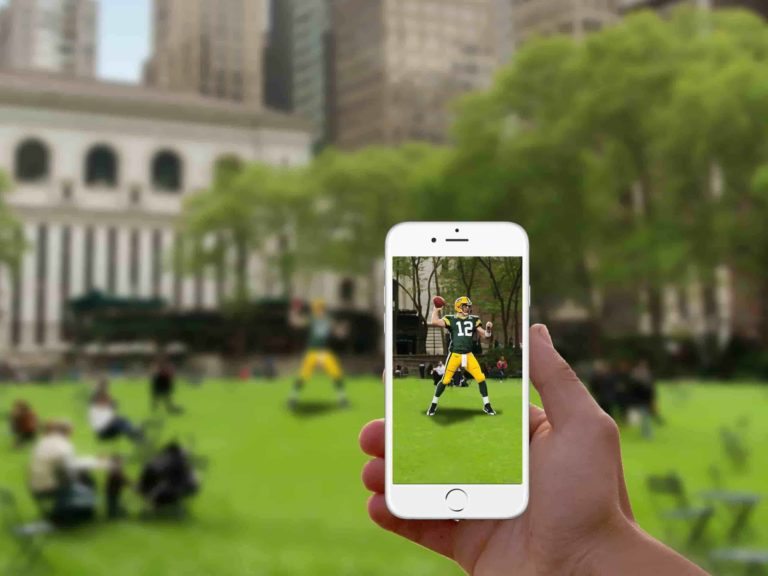
During AR’s early days when mainstream penetration is still low, is the industry creating additional barriers through terminology? Everyday consumers practically need a translator to understand the jargon of the tech world, and AR is already inheriting those bad habits.
This is most seen in the acronyms-gone-wild of consumer tech. Within the spatial spectrum – AR/VR/MR/XR – the alphabet soup gets worse while industry insiders can’t even agree on definitions. And this before we even open the metaverse definitional can of worms.
But through all that, there are smart companies pushing back on the jargon with plain-spoken marketing. This is why our ears perked up when hearing the most recent example: “captions for the real world,” which Google used at its I/O conference to describe visual search.
User-Facing Fare
As background, visual search is just one form of AR. It uses computer vision to identify and contextualize real-world items you point your phone at. This is Google’s go-to “flavor” of AR, which future-proofs its core search business and today manifests in Google Lens.
Notably, this isn’t the first time Google has used this plain-spoken approach. In the past, it has used the term “search what you see,” which is equally catchy and descriptive. Arguably beating both, Snap calls its style-forward flavor of visual search in Snap Scan “outfit inspiration.”
Speaking of Snap, it’s one of the smart companies noted above as it often applies a plain-spoken approach to AR. In fact, it’s the most consumer-penetrated AR company on the planet with 6 billion daily lens views…and it’s done all that while hardly ever using the term AR.
In fairness, Snap says “AR” all the time…but not in user-facing ways. AR is used internally, in analyst calls, and at trade shows – after all, business and tech circles need common languages. But for user-facing fare, Snap chooses the friendlier-sounding “lenses” and “filters.”
Another example is Niantic. It’s up there with Snap in AR traction and commercial success. And it’s likewise done this without using the term AR in user-facing ways. It has some AR in its app experience such as “AR mode,” but this is minimal in the grand scheme of its UX.
Are ‘Captions for the Physical World’ AR’s Killer App?
AR as a Feature
Besides naming, one thing these examples have in common is delivery. In addition to going light on the acronyms, Snap, Niantic, and Google Lens all distribute AR experiences as features rather than apps. Also known as AR-as-a-Feature, this lets AR piggyback on existing apps.
As shown in consumer surveys produced by our research arm, ARtillery Intelligence, AR as a Feature continues to be the most popular onramp to AR. And it stands to reason, as it sidesteps app friction. As we always say, AR is too early and unproven to make users work for it.
And that plays out on several levels, whether it be downloading an app or learning tech jargon. In all cases, the strategic takeaway is the same: reduce friction in marketing AR to mainstream consumers. Let the technology shine in subtle and sparing ways, without a big production.
Many consumer friction points will abate as web AR and other streamlined delivery vessels make AR easier to find and activate. But consumer affinity could also develop through visual search, navigation, and other flavors of AR that aren’t delivered in overly tech-sounding packages.






